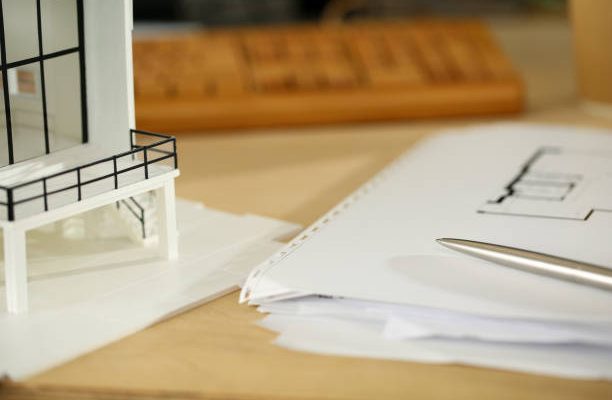While it is exciting to start a new project, there are many details to consider. The architect needs to deliver a result that matches the client’s requirements. This requires vision and attention to specifics.
How to Develop Design Concepts in Architecture
The key starting aspect of an architecture project is the design concept. As you consider who the final result will be used by and what mood you want to convey, start sketching. This allows ideas to flow from your mind to paper. Older sketches can inspire you.
Look at case studies of projects that are similar to what you want to achieve. Identify what worked well and what was missing. You can also get ideas from books on architecture. Compare different design approaches to get an idea of scales.
Get the plans for the area. Consider the dimensions of the site, the site and building ratio, building orientations, sun path, vegetation and soil type, and materials used in nearby buildings. Visit the actual site and imagine your concept in this environment. Determine whether form should precede function or vice versa and whether you want your design to stand out or fit into its surroundings.
Reflect on features and essentials for the end-user. This includes where the water system is placed, entry and exit points, how large passages and open areas need to be, the use of ramps, staircases, or elevators, and columns and beams.
Finally, create a 3D sketch or a hand-made or software model. This is where a suitable Desktop Computers for Architects comes in handy. Decide if the model will work in reality or if it needs to be tweaked or even reinvented.
Starting an Architecture Project
If you have been given a brief you need to translate this into a design. Without a brief, you will need to ask a lot of questions to gather information on what the client wants and the style and aesthetics that they have in mind.
Use Google’s satellite map feature to get an aerial view of the site. Note the size and shape and its relationship to roads and other buildings. Consider whether adjacent buildings will cast a shadow onto the site and how cooling and heating of the area occur naturally. Next, look at the Google street map. Consider the effect of the transparency-opacity of other buildings. How far from the road do buildings start? What stores and other facilities are within easy reach? Finally, conduct a site visit to confirm your impressions.
Get key background information such as building codes and zoning. These will help define your parameters. Take safe occupancy into account.
The Characteristics of Good Architecture
The core characteristics of good architecture can be summed up as durability, utility, and aesthetics from the earliest works on architecture. A durable design will last and utilise materials that work well in the climate. Utility is necessary for the property to provide the required functions of the owners. Aesthetics balances form and functionality and should have elegance and simplicity.
Several additional criteria have emerged in modern times. Robustness will ensure the survival of the building despite minor variabilities in the economic environment. Feasibility means that the project described by the client can be implemented on the given site. Flexibility regarding the implementation of the design allows the construction team to make adjustments on the ground.
When all these factors are accounted for, the final result will stand the test of time.




















